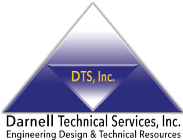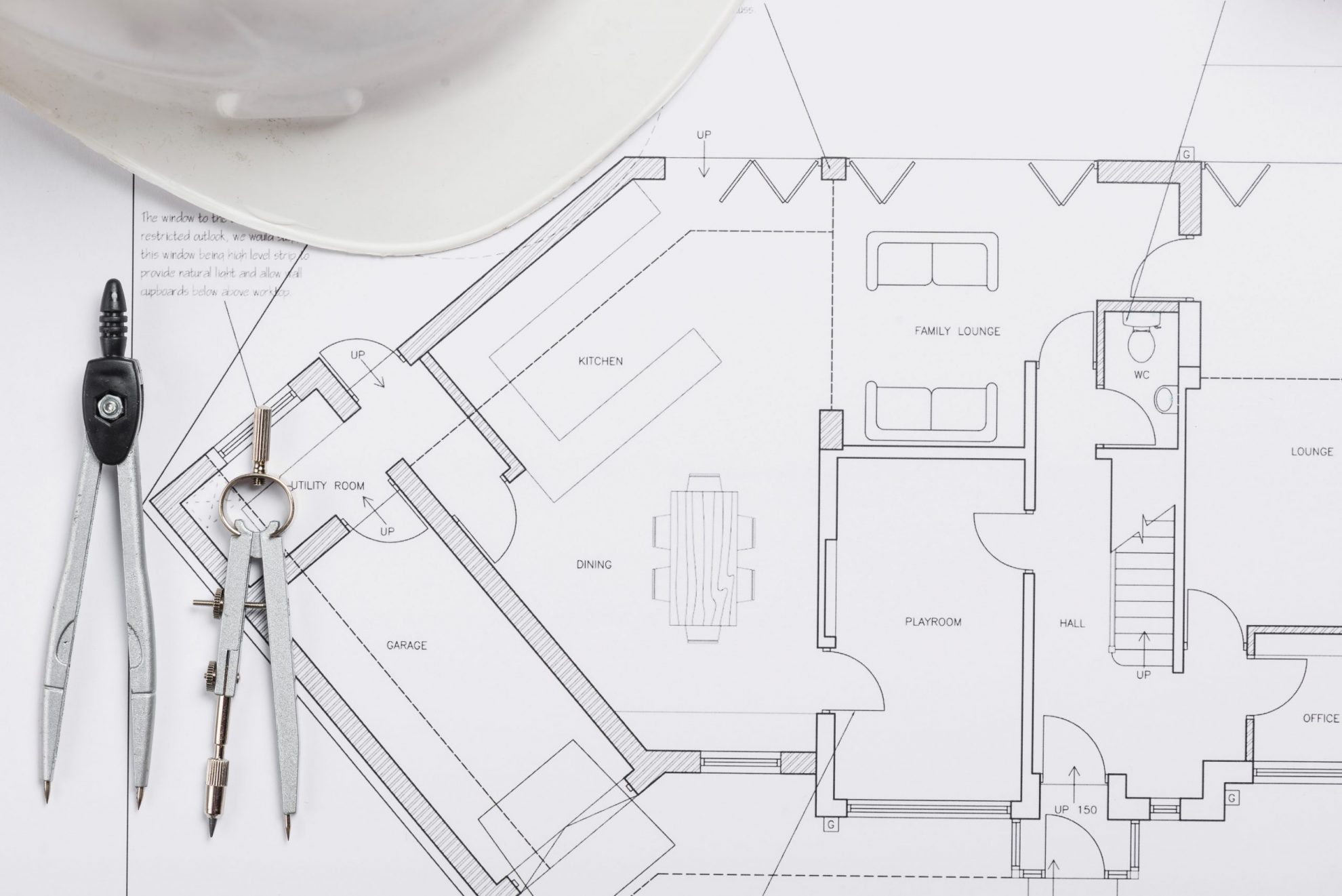Is engineering design art or science? This is a common—and valid—question because engineering design combines aspects of artistic and scientific thought. Come with us as we take a closer look at the differences between these disciplines.
What Is Art?
Let’s begin by providing a working definition of art. We can define art as a human form of self-expression that strives to stir emotions and convey ideas through creations that are primarily appreciated for their beauty.
A chair, for example, is usually not considered art because its main goal is not to convey ideas and emotions but to fulfill a function: allowing one to sit down. With that being said, a chair may also contain artistic elements, such as color, or motifs that are not essential to the function of sitting down.
What Is Science?
Science, on the other hand, can be summarily defined as a system of knowledge that is primarily concerned with the physical world and entails impartial observation and experimentation.
So, for example, War and Peace, the famous novel by Leo Tolstoy, is a magnificent example of art because it conveys ideas and emotions through the beauty of words and structure. However, nobody could mistake this literary masterwork with science because is not a system of knowledge and it doesn’t entail experimentation.
Is Engineering Design an Art or a Science?
Now that we have defined both art and science, we can answer the question in the title. Is engineering design art or science?
It’s easy to see why engineering design is not art: at its most basic, the main goal of a design engineer is to solve problems, not to convey emotions and ideas as artists do.
It’s worth remembering that engineering design is “the organized development and testing (through the use of creativity as well as mathematical and scientific knowledge) of products and processes that perform a desired function within specified limits.”
This means that science and scientific knowledge are essential to engineering design, but this doesn’t make engineering design a science.
As you may remember, we defined science as a “system of knowledge.” This means that science aspires to create a framework that allows us to understand (or at least interrogate) everything. By contrast, the scope of engineering design is much narrower because it’s limited to the desired functions of the products being developed.
In short, engineering design shares traits of both art and science without being neither of those things. As with art, imagination plays a key role in engineering design, but the expression of ideas and feelings is secondary at best. Scientific thought, for its part, makes engineering design possible, but it’s wider and more comprehensive.
All in all, engineering design is better defined not as science or art, but as a method, or iterative process, to solve problems and create products that perform certain predefined functions.
Learn More About Engineering Design
This discipline is an exciting field with myriad real-world applications. Below are some previous posts you can read to learn more about this fascinating topic.
- How is engineering design different from other types of design?
- A basic glossary of engineering design: part 1and part 2
- Engineering design for children: 5 useful benefits
- What is the engineering design process?
- The amazing history behind Roman bridges
- What is a Gantt chart?
Darnell Technical Services is an engineering design firm with extensive experience in a vast array of projects.
Our headquarters are located in Santa Ana, California, and we have an office in Las Vegas, Nevada. Contact us today by telephone (714-285-0082 (CA), 702-945-2899 (NV)) or through our social media accounts on Facebook, Twitter, and LinkedIn to learn more about all the technical instruments and materials we put at your disposal.








